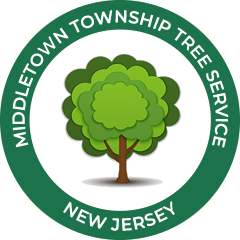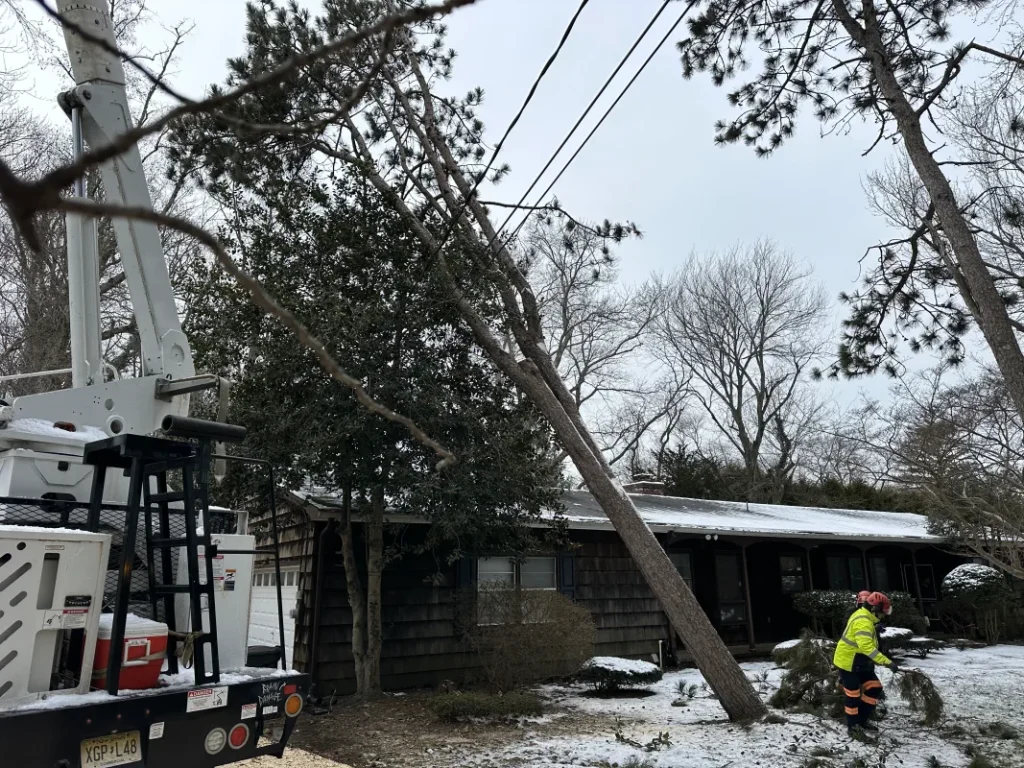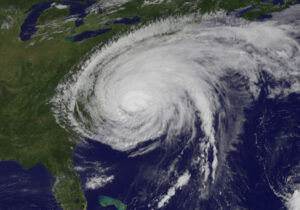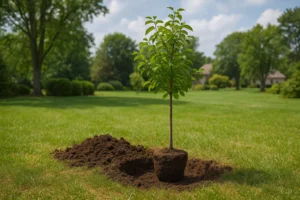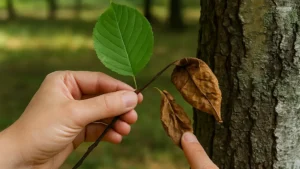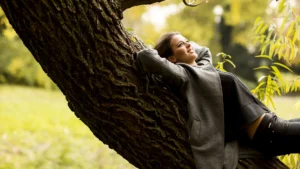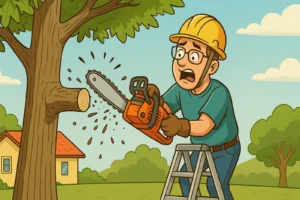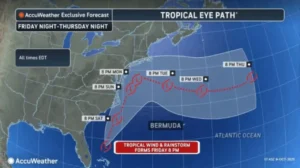Understanding Local Liability and Tree Care in Monmouth County
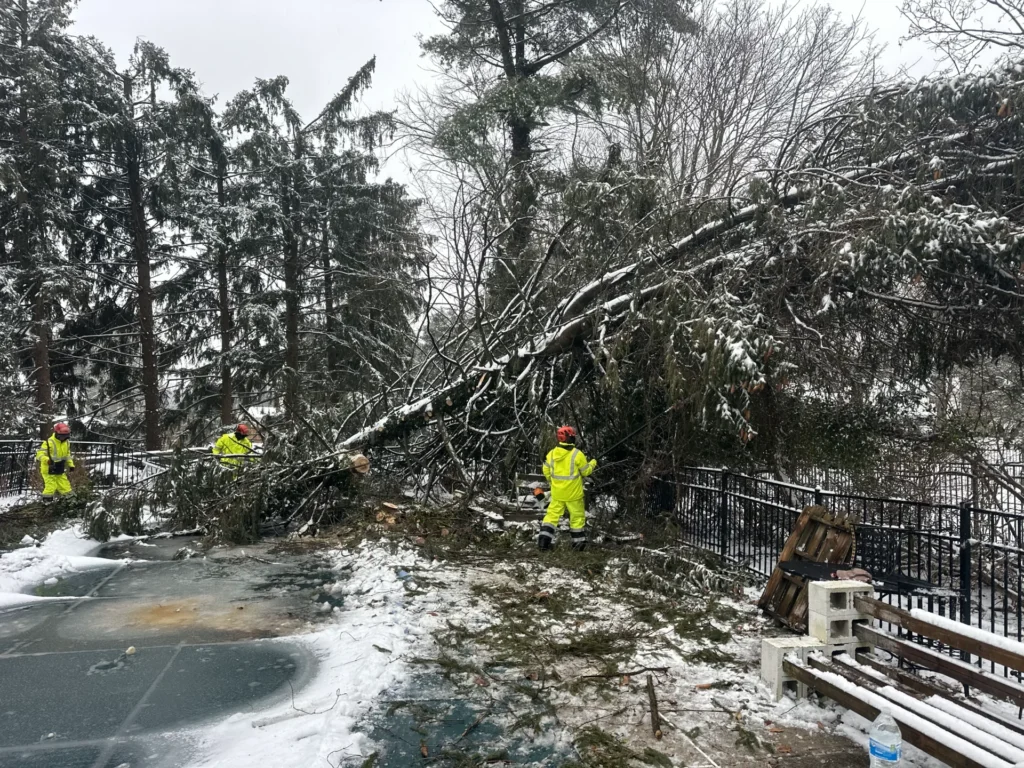
When storms roll through Middletown Township, from the Bayshore neighborhoods near Leonardo to the inland communities around Lincroft, downed trees are one of the most common concerns for homeowners. Heavy winds and saturated soil can topple even healthy trees, while older or weakened ones are far more likely to break apart. Fallen branches can block local roads, damage fences, crush parked cars, or in the worst cases, land on a neighbor’s roof. It’s no surprise that after every major storm, residents are left wondering the same thing: Who is actually responsible when a tree falls and causes damage in New Jersey?
What the Law Says About Fallen Trees
In New Jersey, the general rule is straightforward: property owners are responsible for the trees growing on their land. If a healthy tree falls during a storm and damages a neighbor’s property, it’s usually considered an “act of God.” In those cases, the neighbor’s homeowner’s insurance policy would handle the cost of repairs. But the situation changes if the tree was clearly dead, diseased, or neglected before it fell. If a property owner ignored obvious warning signs, they could be held liable for damages.
This distinction is especially important for Middletown’s older neighborhoods like Fairview, Chapel Hill, and Harmony, where large maples and oaks have been standing for decades. These mature trees add tremendous beauty to the community, but they also require vigilant care. Preventive maintenance can be the difference between a simple insurance claim and a costly legal dispute.
How Arborists View Tree Responsibility
Certified arborists emphasize that tree ownership is not passive — it comes with ongoing responsibility. Routine inspections, seasonal pruning, and the timely removal of diseased or unstable trees reduce risks for homeowners and their neighbors. Warning signs such as branches growing too close to power lines, noticeable trunk hollowing, or a tree leaning significantly toward a structure should not be ignored.
In coastal sections of Middletown, such as Port Monmouth and Belford, the environment adds extra stress. Salt air, high winds, and shifting soil conditions often accelerate the decline of trees, particularly evergreens and shoreline species. Arborists frequently recommend that residents in these areas take extra precautions, including more frequent checkups, to ensure their trees remain healthy and safe.

Middletown's #1 Tree Expert Company
FREE Inspection & Estimate | Certified Arborists | Trimming, Pruning, Removal, More!
Sponsored
Insurance Considerations for Middletown Residents
Most homeowners’ insurance policies in Middletown cover damage from fallen trees as long as the fall was sudden and accidental. For example, if a thunderstorm drops a healthy oak tree onto your roof in River Plaza, your policy will generally cover the cost of repairs. But if the tree was obviously rotting, leaning dangerously, or marked as unsafe and you ignored those warning signs, the insurer may deny coverage and push liability back on you.
This is where documentation becomes valuable. Residents should review their policies carefully to understand exactly what is and isn’t covered, and consider keeping records of professional tree inspections or maintenance. If a dispute arises, having a certified arborist’s report or photos showing you took reasonable steps to maintain your trees can be the difference between a smooth claim and an expensive denial.
In neighborhoods with older, larger trees — such as Chapel Hill, Fairview, or Harmony — the stakes are even higher. These mature trees are beautiful but carry greater risks due to size and age. Insurance companies expect homeowners to act responsibly by addressing visible hazards before a storm makes the decision for them.
Practical Steps to Prevent Problems
The best way to avoid liability battles is prevention. A few consistent habits can save Middletown homeowners from thousands in repair bills:
Schedule regular tree health assessments — especially for large oaks, maples, and evergreens that dominate properties throughout Middletown.
Prune branches that hang over structures, driveways, or power lines, since these are the first to break off in a storm.
Watch for warning signs such as mushrooms around the base, cracks in the trunk, sudden leaf drop, or a noticeable lean. These often point to internal decay.
Walk your property after major storms to look for new splits, dangling limbs, or trees that may have shifted in the soil. Early action can stop a minor problem from turning into a catastrophe.
For coastal neighborhoods like Port Monmouth and Belford, add an extra layer of caution. Salt air, bay winds, and storm surge can quietly weaken roots and branches, so residents in these areas should schedule inspections more often.
Final Thoughts
Fallen trees are a fact of life in Middletown Township, but liability usually comes down to one question: was the tree healthy or neglected? Staying proactive not only protects your home and property but also shows your neighbors and insurers that you take tree care seriously. And when in doubt, certified arborists say an inspection today can save thousands of dollars tomorrow — and ensure Middletown’s landscapes continue to thrive for years to come.
